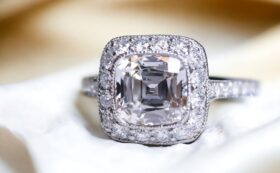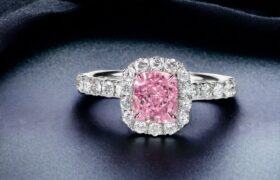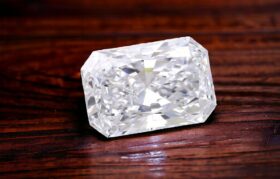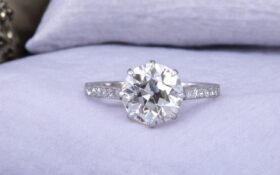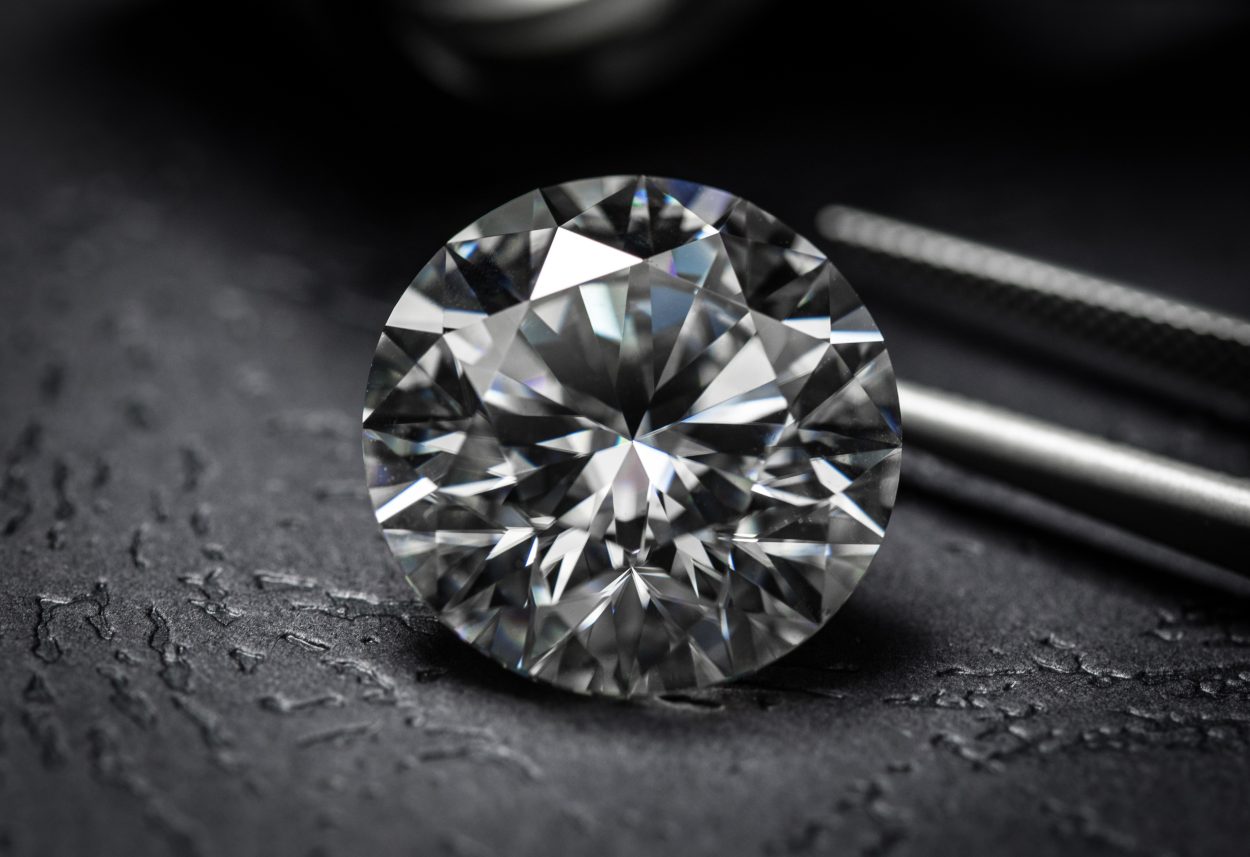
20 Aug Do I Need a Certificate to Sell My Diamond?
Visit C. Blackburn Jewelers of La Jolla to sell a diamond ring or large carat loose diamond. No diamond certificate is needed. While having a diamond report when selling a diamond can speed up the process (and sometimes increase the cash offer you receive) we don’t require one.
Our owner Carl Blackburn has been buying and selling large carat diamond for over 20 years. As a highly experienced estate jeweler and San Diego jewelry designer, he can evaluate the 4 Cs of your diamond in-house, and then make you a fair cash offer based on his analysis.
To receive a free verbal appraisal of your diamond and a generous cash offer, contact C. Blackburn Jewelers today.
Give our diamond buyers a call at 858-251-3006 or send a text message with photos of your diamond ring to: 619-723-8589.
Understanding a Diamond Certificate
As we mentioned, if you do happen to have a certificate for the diamond in your ring, that can be helpful, because when we resell your diamond, a buyer will often want to see this certificate. Here is more information on what a diamond certificate reveals about your diamond.
The proper term for a “diamond certificate” is actually “diamond grading report”. However, since jewelry stores and websites often call them certificates, we will use the informal term too.
Diamond certificates are reports that evaluate the quality of loose diamonds. This evaluation includes the famous Four Cs: Color, Cut, Clarity, and Carat weight. A certificate helps you buy a diamond with confidence, knowing that you are getting exactly what you paid for. These reports also make it easier to compare diamonds. And should you ever wish to sell your diamond ring, it will speed up the sales process.
When buying a diamond, be sure that the certificate was produced by a respected diamond lab (such as GIA), and not one associated with the jewelry store or seller. Note also that an appraisal and a diamond certificate are not the same things. A diamond appraisal typically shows the estimated retail value of your diamond for insurance purposes. It does not verify the characteristics of your diamond like a certificate does.
A diamond certificate verifies your diamond’s specific qualities. It is supposed to be an unbiased evaluation. However, all assessments (except carat weight) are at some level subjective. Results, therefore, can slightly vary from one diamond lab to another. Different labs may also use different scales and designations for color, cut, and clarity. This can make direct comparisons difficult at times.
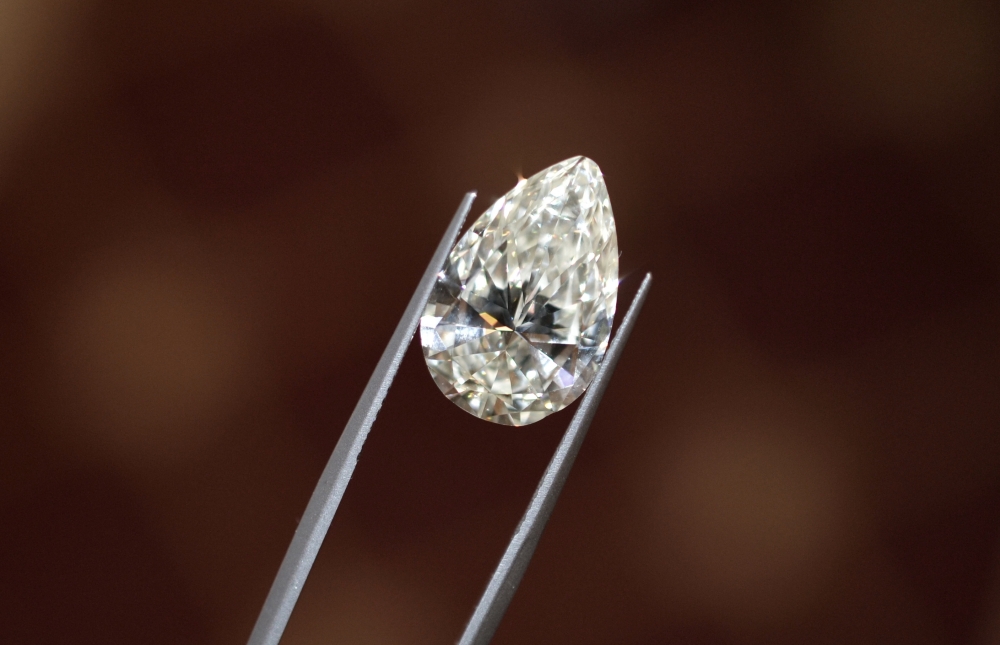
How is a Diamond Graded?
The Gemological Institute of America (GIA) is recognized as the most accurate diamond lab in the world. In the 1950s, they developed the Four Cs of diamond grading (Carat weight, Color, Clarity, and Cut), which is now the accepted industry standard.
Diamond Carat is a unit of weight. There are five carats in a gram. Each carat is divided into 100 parts, called points. Thus a half carat diamond would be 50 points.
Diamond Color actually indicates as lack of color. A perfect diamond has no hue. The color of your diamond is determined by comparing master stones of a predetermined color to your diamond.
Diamond Clarity refers to internal flaws called “inclusions” and external flaws called “blemishes.” While no diamond has perfect clarity, the closer your diamond is to perfect, the higher its value.
Diamond Cut refers to the shape of the stone and how well a diamond’s facets interact with light. A diamond’s cut impacts greatly the overall beauty and value of your diamond. It is also the most complex element to analyze.
Many diamond certificates also include the diamond’s laser inscription registry number (if it has one), and other information such as shape and degree of fluorescence.
Diamond Certificates by GIA
GIA diamond grading certificate exampleDiamond certificates issued by the Gemological Institute of America (GIA) are the gold standard of diamond grading reports. The GIA offers two certificates, a Diamond Dossier and a Diamond Report.
There are also two types of Diamond Dossier issued by GIA: one with cut details and one without. Both provide basic information about the Four Cs of your diamond, as well as the stone’s fluorescence and measurements. If cut information is included, details such as table size, crown and pavillion angles, and girdle thickness are included.
A GIA Diamond Report is slightly more detailed than the Dossier. It includes all the basic information found in the Diamond Dossier, plus a detailed schematic of the stone’s blemishes and inclusions.
GIA Color Grades are shown on a scale from D to Z. The color D is the highest quality and Z the lowest. Diamonds graded D-F are considered Colorless, G-J Near Colorless, K-M Faint Yellow, N-R Very Light Yellow, and S-Z Light Yellow.
GIA Cut is shown on a scale from Excellent to Very Good, Good, Fair, and finally Poor.
GIA Clarity is graded using 10x magnification on the following scale:
I1-I3: Inclusions obvious and may be visible to the naked eye.
SI1-SI2: Noticeable inclusions, relatively easy to find.
VS1-VS2: Very Slight Inclusions difficult for an expert to find.
VVS1-VVS2: Very, Very Slight Inclusions difficult for an expert to find.
Flawless/Internally Flawless: No inclusions visible by an expert.
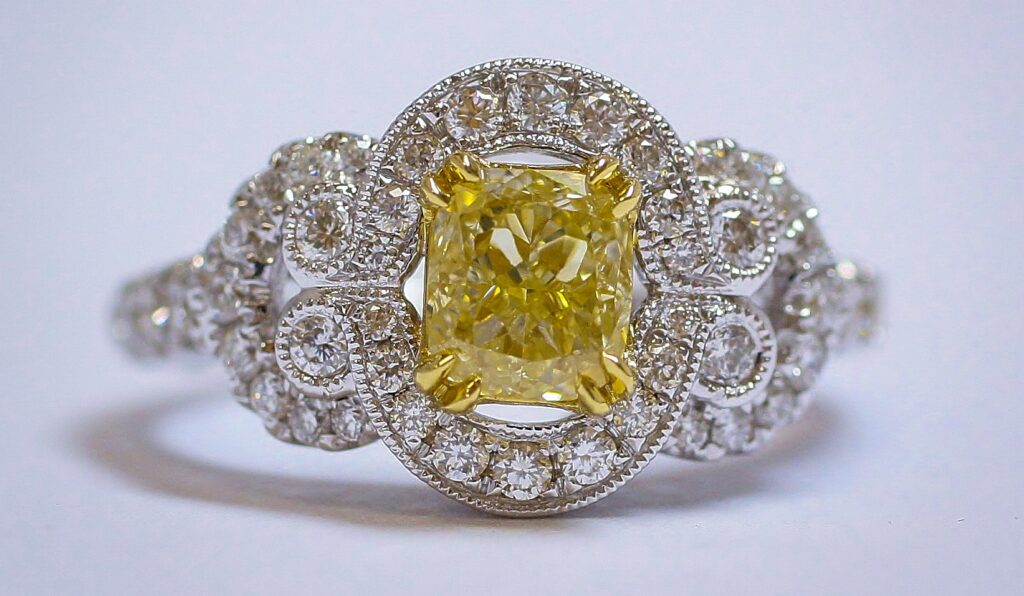
The Diamond High Council (HRD)
HRD Certificates Laboratory is a large, well-known diamond lab with an excellent reputation for quality and objectivity. They issue what is called a “Natural Diamond Certificate.” This report shows a comprehensive description and grading of the Four Cs. It also includes a diagram that plots any inclusions and blemishes.
HRD Color is graded on a scale from Exceptional White to Tinted Color. GIA’s D to Z color-scale equivalent is also included.
HRD Clarity is graded on a scale from Loupe Clean (Flawless) to P3 (imperfect).
HRD Clarity is judged as “proportions that range from Very Good to Good to Unusual. Also included is a Finish Grade, based on the quality of the workmanship of the diamond polisher.
The American Gem Society
The American Gem Society (AGS) is a respected diamond lab with strict standards. The most popular diamond grading report that they produce is called a “Diamond Quality Document,” which contains information similar to that found in GIA certificates.
AGS Cut, Color, and Clarity all follow a unique 0-10 grading system. This makes it a little easier for the public to understand. However, an AGS certificate also shows the GIA letter equivalents to the numbers on the scale.
The highest possible AGS diamond grade is zero, and 10 is the lowest. Therefore, a diamond with a color grade of 4 would have less color than a diamond with a color grade of 6. A perfect diamond would be graded as 0-0-0, the highest ratings for Cut, Color and Clarity respectively.
EGL USA
The European Gemological Laboratory is known for developing diamond grading techniques that can be applied to diamonds weighing less than one carat, and for establishing the “SI3” rating for diamond clarity.
EGL USA is the only EGL lab whose reports we (and many other industry professionals) recognize as being useful. This is due to the fact that many inconsistencies have occured in the diamond reports issued by EGL International.
EGL USA tends to grade their diamonds more loosely than the GIA. As a general rule, an EGL USA certified diamond will compare equally in quality to a GIA certified diamond that is graded two color grades lower and one clarity grade lower.
For example, an EGL certified diamond graded F in color and VS1 in clarity is comparable to a GIA certified diamond graded H in color and VS2 in clarity.
International Gemological Institute
The International Gemological Institute issues a certificate known as a IGI Diamond Report. This diamond certificate includes an analysis of the Four Cs. However, IGI grades diamonds less strictly than GIA with respect to color and clarity.
For example, a GIA certified diamond that is graded VVS1 might be graded slightly higher at IF-/VVS1 by IGI. And color grades are consistently one grade higher in an IGI report than a GIA certificate.
Do I Need a Certificate to Sell My Diamond?
Having a diamond report when selling a diamond can speed up the process, and sometimes increase the cash offer that you receive. However, Diamond Estate does not require one.
We employ GIA graduate gemologists and estate diamond buyers with decades of industry expertise. Our diamond buyers can evaluate the 4 Cs of your diamond in-house, and then make you a fair cash offer based on our analysis.
To receive a free verbal appraisal of your diamond and a generous cash offer, contact our San Diego diamond buyers today.
Call C. Blackburn Jewelers at 858-251-3006, or send a text message with photos of your diamond ring to: 619-723-8589. You also can contact Carl Blackburn directly via email by using the contact form below. Discover why we are the best place to both sell and buy an engagement ring in San Diego.
C. Blackburn Jewelers not only buys large carat diamonds and diamond engagement rings. Visit us to sell gold jewelry. We buy simple gold chains and broken or damaged gold jewelry, as well as any item fashioned in 14k-24k gold or platinum. Our boutique La Jolla jewelry store also provides custom jewelry design services.



